A Flounder is one of several different species of fish with characteristically flattened bodies. Researchers place several of the many different species in this group into different taxonomic genuses and families. The most popular species include the gulf, winter, summer, southern, olive, European, and witch Flounders, and the halibut. Read on to learn about the Flounder.
Description of the Flounder
All of the various species have elongated, flattened bodies that help them blend in to the sea floor. Unlike most fish, which have one eye on either side of their bodies, these creatures have both eyes on their top halves.
The different species come in a variety of different sizes. Though most measure just a foot or two long, some reach sizes up to eight feet long or more!
Interesting Facts About the Flounder
These fish have a number of interesting traits and adaptations. Learn more about what makes them unique, below.
- M(eye)gration – One unique trait of these fish is that they have both eyes on one side of their bodies. However, they aren’t born that way! Larval Flounder have eyes on either side of their bodies, and one eye migrates to the other side.
- Larval Lifestyle – As larvae, these fish do not live on the sea floor like adults do. They have pelagic lifestyles, swimming in open water in search of tiny prey to feed on. They undergo metamorphosis when they reach their juvenile stage and become bottom-dwellers.
- Food Fish – People target this group heavily in commercial and recreational fisheries. They have firm meat that fishermen consider an excellent quality.
- Overfishing – Because people enjoy eating this fish, overfishing has threatened the populations of some species. Some species also have solid populations overall, but decreased stocks in certain regions.
Habitat of the Flounder
All of the various species live in demersal habitats, or habitats along the bottom of the sea. Each species has its own unique preferences. Some live closer to shore, others live along the continental shelf in deeper waters, and some utilize the deep sea. You can find them in bays, estuaries, beaches, and more.
Distribution of the Flounder
The different species each have their own unique distribution and range. They primarily live in the Atlantic and Pacific Oceans, though some species live in other regions as well.
Some of the most commercially important species live along the Atlantic coast of North America, along the coasts of Europe, and in the northern Pacific Ocean.
Diet of the Flounder
These fish have carnivorous feeding habits, which means that they prey on other animals. Their diet varies based on the species, age, and size of the fish. Each has their own unique dietary preferences.
Larger fish hunt larger prey, such as fish, crabs, shrimp, and more. Smaller individuals hunt for worms, plankton, fish larvae, and other small prey.
Flounder and Human Interaction
Humans interact with these fish quite frequently. People hunt this fish recreationally and commercially. They have high-quality meat that many people like to eat. For this reason, several species have high commercial importance. The impact of overfishing varies from species to species.
Domestication
Humans have not domesticated this fish in any way.
Does the Flounder Make a Good Pet
Some species in this group can make good pets. People keep a few different freshwater and saltwater species in home aquariums. However, you should always do your research before purchasing a pet.
Flounder Care
Different species in this group require different care. Some people keep certain species in home aquariums. Public aquariums also frequently house these fish in tanks. Additionally, a few commercial fish farms raise these creatures to sell their meat. The tank size, salinity, pH, diet, and other care needs vary based on the species at hand.
Behavior of the Flounder
This fish is an ambush predator. It uses its camouflage to blend in with the bottom, and waits for prey to stray too close. Some have more aggressive hunting behaviors, pursuing prey for longer distances. Some species live solitary lives while others congregate in similar habitats, particularly around a prolific food source.
Reproduction of the Flounder
Reproductive rates and strategies vary based on the species. Some congregate in large numbers to breed while others do not. All reproduce via spawning, where the female releases her eggs into the water and the male fertilizes them outside of the body. Different sizes and species produce different number of eggs.

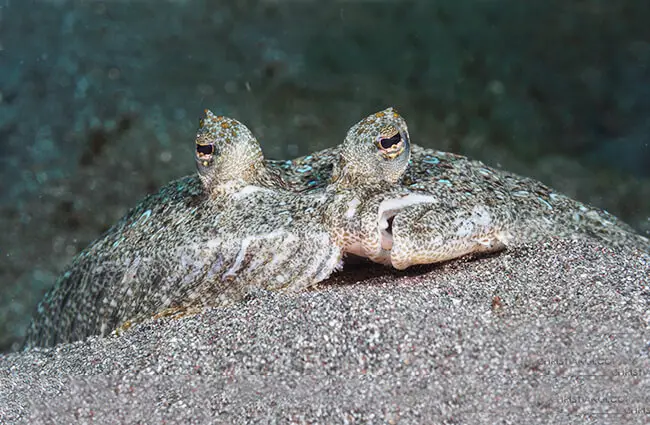

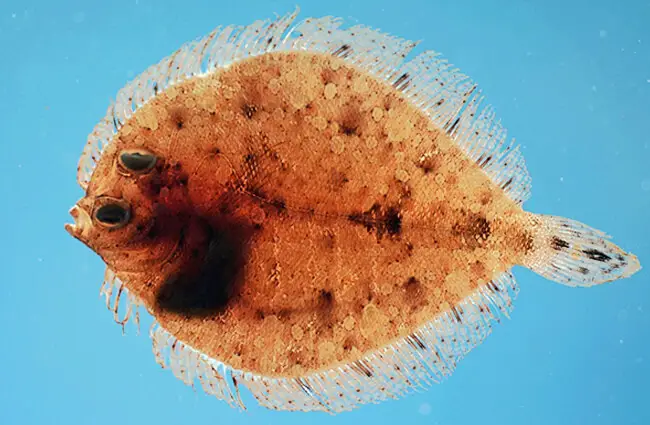

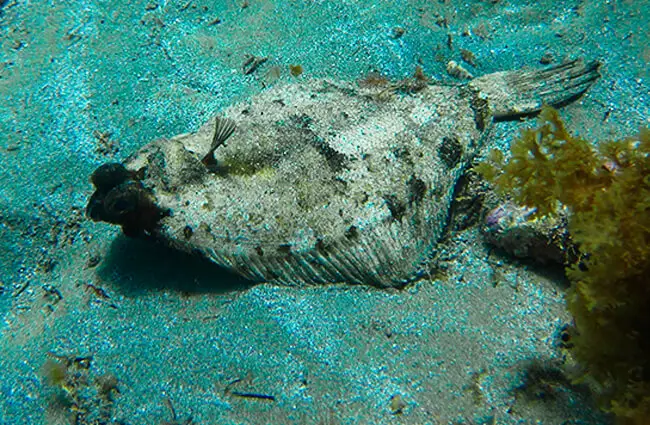
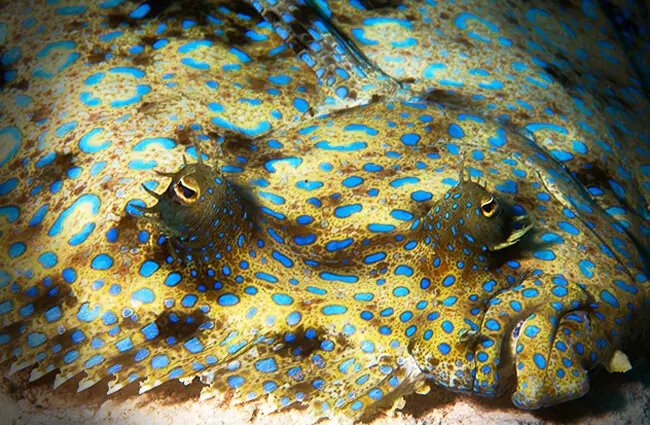
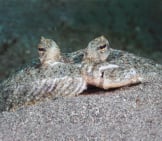
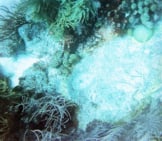
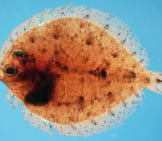
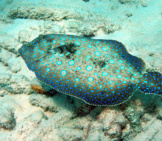
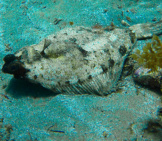

![Red Angus Closeup of a beautiful Red Angus cowPhoto by: U.S. Department of Agriculture [pubic domain]https://creativecommons.org/licenses/by/2.0/](https://animals.net/wp-content/uploads/2020/03/Red-Angus-4-238x178.jpg)












![Red Angus Closeup of a beautiful Red Angus cowPhoto by: U.S. Department of Agriculture [pubic domain]https://creativecommons.org/licenses/by/2.0/](https://animals.net/wp-content/uploads/2020/03/Red-Angus-4-100x75.jpg)

